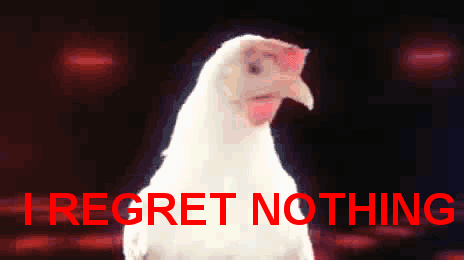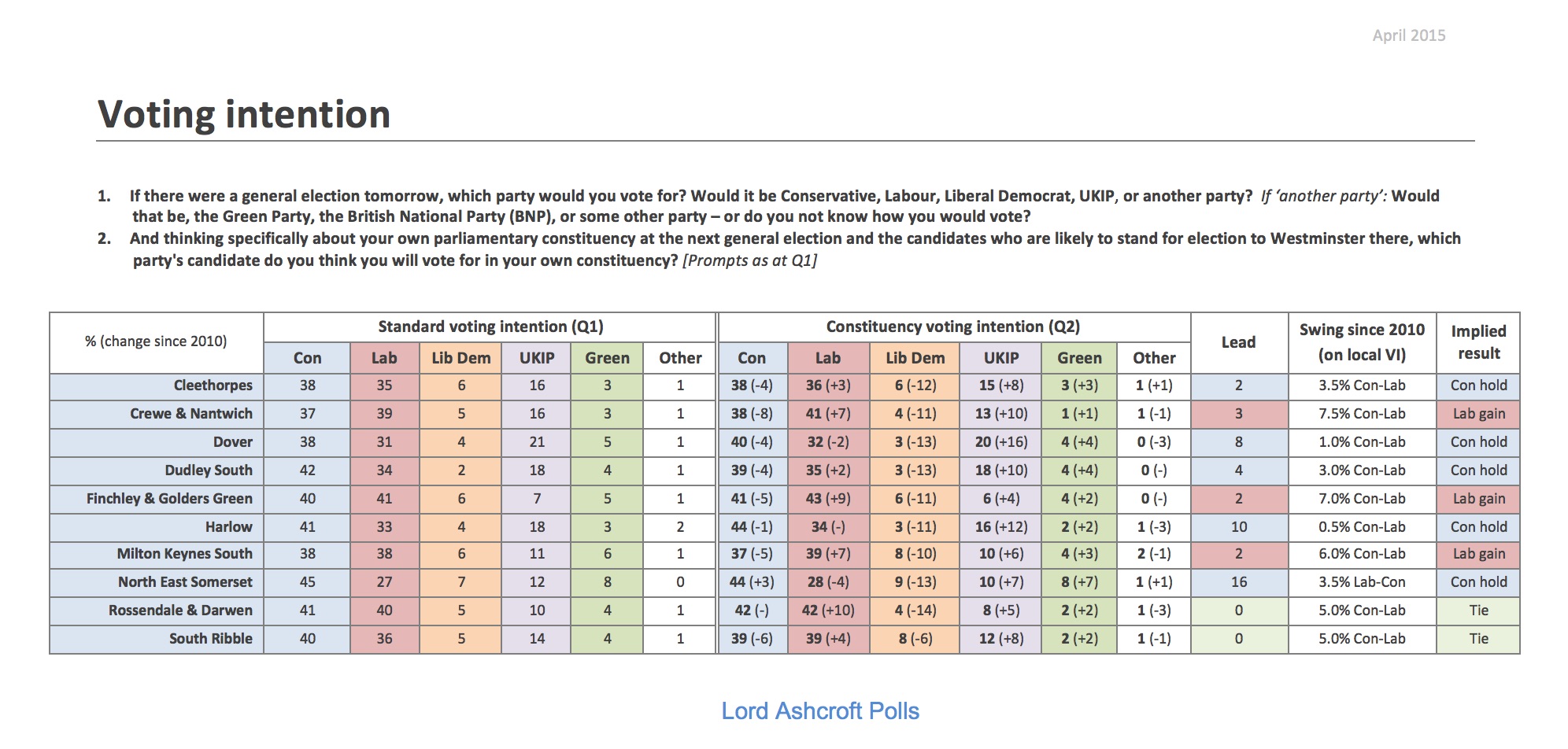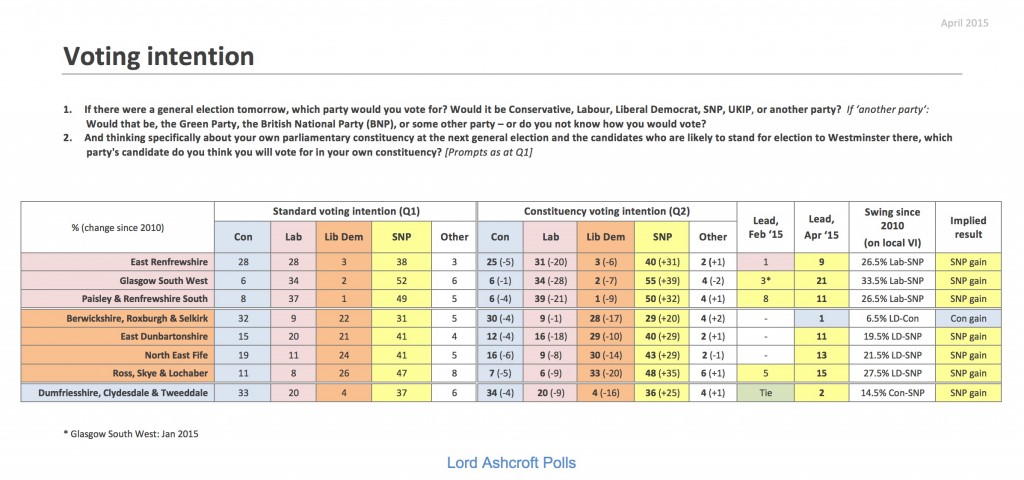It's time to put the pieces together. Over the last few days, I've been looking at the constituency markets on a party by party basis, sorting the seats by the implied probability that the bookies have given to each party in turn and looking at what that means for them both in general terms and in specific seats. I attach links to each of them below (some of the prices are already slightly out of date, particularly following the gyrations in the prices in the Scottish constituencies over the weekend):
Labour
Conservatives
Lib Dem
Greens, Plaid Cymru, Respect, NHA and Independents
And new for April, I've prepared tables for the Northern Ireland seats:
https://drive.google.com/file/d/0Bygi8eZw-4q1SXBsTVFWVVRJRmM/view?usp=sharing
I don't propose to give any commentary on the Northern Irish seats, partly because I have no great insight and partly because there aren't that many interesting seats. Some of the DUP and Sinn Fein 1/100 bets are as sound 1/100 bets as you will find anywhere, mind.
Now it's time to put together the overall picture as it stands.
Projected seat tallies
What are the implied seat counts? Allocating the seats to the favourites (halving them when there are joint favourites) gives the following seat counts:
Conservative: 273
Labour:265 1/2*
Labour:265 1/2*
SNP: 54
Lib Dems: 30 1/2
DUP 9
Sinn Fein 5
SDLP 3
Plaid Cymru: 3
UKIP: 3
Speaker: 1
Sinn Fein 5
SDLP 3
Plaid Cymru: 3
UKIP: 3
Speaker: 1
Lady Sylvia Hermon: 1
Greens: 1
Respect: 1
*This figure has been adjusted to take account of the intervening seat movements in Scotland since the Labour seat odds table was compiled.
What kind of government would that produce? Labour plus SNP would be just shy of the magic 326 figure. Adding in the support of the SDLP, Plaid Cymru, the Greens and Lady Sylvia Hermon and the passive support of Respect would get a Labour-led government control of Parliament.
That would work for UK-wide matters, but the SNP would not be reliable partners for English-only matters. In those circumstances, Labour would probably need Lib Dem support also.
Nevertheless, the par numbers suggest a rickety Labour minority government. If it panned out like that, it would be fun. You can still get that at 7/4 and I've been tipping it since it was 7/1.
Greens: 1
Respect: 1
*This figure has been adjusted to take account of the intervening seat movements in Scotland since the Labour seat odds table was compiled.
What kind of government would that produce? Labour plus SNP would be just shy of the magic 326 figure. Adding in the support of the SDLP, Plaid Cymru, the Greens and Lady Sylvia Hermon and the passive support of Respect would get a Labour-led government control of Parliament.
That would work for UK-wide matters, but the SNP would not be reliable partners for English-only matters. In those circumstances, Labour would probably need Lib Dem support also.
Nevertheless, the par numbers suggest a rickety Labour minority government. If it panned out like that, it would be fun. You can still get that at 7/4 and I've been tipping it since it was 7/1.
What might yet change?
That's all well and good, but we need to think about what are the likely bounds of possibilities. With less than three weeks to go we can largely confine ourselves to the 1/2 to 2/1 bands. There will be seats won at longer odds, but we should now expect that to happen relatively rarely.
So what's the likely minimum and maximum for any party? Here are the totals that each party would tally if they took all the seats in which they are priced at 1/2 or shorter (but no more) and the totals that each party would tally if they took all the seats in which they are priced at 2/1 or shorter (but no more):
Labour: 241* - 301*
Conservative: 239 - 305
*This figure has been adjusted to take account of the intervening seat movements in Scotland since the Labour seat odds table was compiled.
What can we sensibly note? Well, first, it is now most unlikely that we will see an overall majority. You can back No Overall Majority at 1/8 on Betfair and that looks like value even at that price to me. Note that before the latest SNP surge, Labour were priced at 2/1 or less in 322 seats, meaning that their outer bound was within a whisker of the overall majority threshold. That has receded into the distance. 1/8 on No Overall Majority is some way too long.
Oh, and the 7/4 on Labour minority government continues to look like very good value, particularly given that the SNP would be an essential component of any majority and there is no prospect of any coalition between those two parties.
SNP: 43 - 57
Lib Dems: 17 - 37
DUP: 9Lib Dems: 17 - 37
Sinn Fein: 5
Plaid Cymru: 2-5
SDLP 2 - 3
UKIP: 1 - 7
Speaker: 1
Lady Sylvia Hermon: 1
Greens: 1
Respect: 0 - 1
UUP: 0 - 2
Plaid Cymru: 2-5
SDLP 2 - 3
UKIP: 1 - 7
Speaker: 1
Lady Sylvia Hermon: 1
Greens: 1
Respect: 0 - 1
UUP: 0 - 2
*This figure has been adjusted to take account of the intervening seat movements in Scotland since the Labour seat odds table was compiled.
What can we sensibly note? Well, first, it is now most unlikely that we will see an overall majority. You can back No Overall Majority at 1/8 on Betfair and that looks like value even at that price to me. Note that before the latest SNP surge, Labour were priced at 2/1 or less in 322 seats, meaning that their outer bound was within a whisker of the overall majority threshold. That has receded into the distance. 1/8 on No Overall Majority is some way too long.
Secondly, it is going to be very hard for the Conservatives to get to form the next government. If they don't get an overall majority (or very close), they're going to need the connivance of the Lib Dems. The Conservatives will need at least 295 seats and that is close to the top end of the range for them. Laying David Cameron as Prime Minister after the next election looks value right the way to 2/1 at the least.
But I've plugged all these bets before. Do I have any new ones?
These ranges are surprisingly tight. You could take the view that the seat prices are too bunched (I have some sympathy with that view) or you could work on the basis that the variations from the norm will cancel each other out.
If you take the latter view, you might back 21-30 Lib Dem seats at 5/4 and 31-40 seats at 5/2, both bets with Bet365. By placing appropriate stakes, you can get effective odds of slightly better than 1/3 that the Lib Dems will get between 21 and 40 seats. Given the very local appeal of each Lib Dem candidate, it seems unlikely to me in practice that the Lib Dems will get fewer than 21 seats because their chances in different seats are much more loosely correlated than, for example, the major parties.
Similarly, you can back the Conservatives to get 251-275 seats at 7/2 with Ladbrokes and 276-300 seats at 13/8 with William Hill, giving effective odds of slightly worse than 4/6 that the Conservatives will get between 251 and 300 seats - place the bet with William Hill first because it's more likely to be limited. Conservative chances are much more correlated than the Lib Dem's chances, but this still looks like a good combination bet to me. I've put some money on both of these combinations.
The same combination is available for Labour (251-275 seats at 7/4 with William Hill and 276-300 seats at 2/1 with Ladbrokes) for effective odds of slightly worse than 4/9. The reward doesn't look quite good enough for me, but it's not far off either.
For a quirky bet, Coral offer a UKIP vs Plaid Cymru match-up. The 7/2 on the tie looks like fair value, given that both are favourites in three seats. I'm on.



